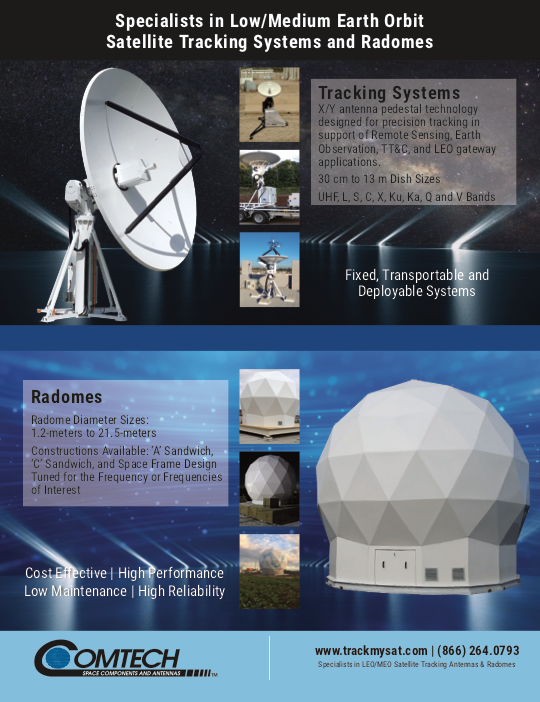Phantom Space Chief Executive Officer and Co-Founder, Jim Cantrell, has been disrupting the space industry for more than three decades. After helping to make SpaceX a reality in 2002, Jim sets his sights on the next big thing: small payloads carried in the most scalable, cost-efficient rockets ever built. He is a mechanical engineer and road racer and wishes to remove access barriers to space.
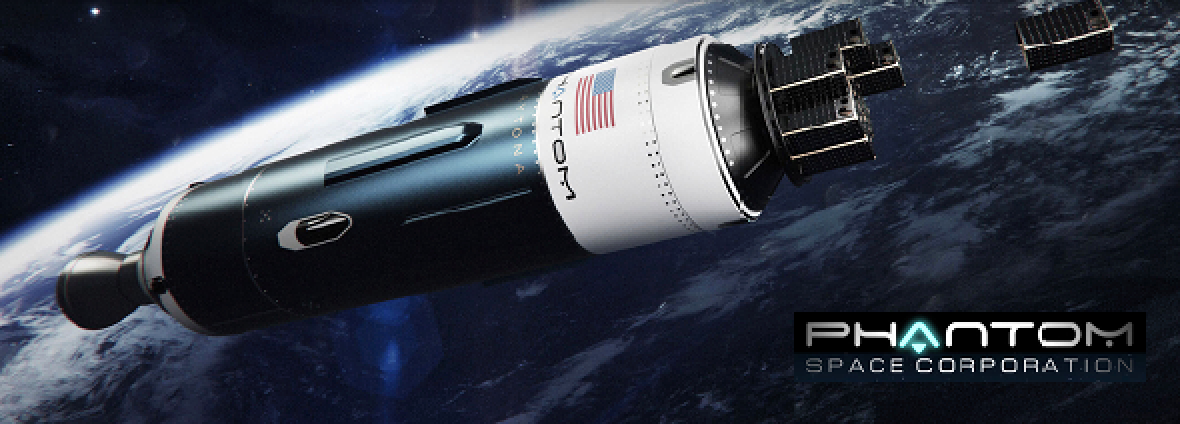
Artistic rendition of Phantom Space’s Daytona rocket in flight.
Good day, Mr. Cantrell. Would you please give us an introduction to Phantom Space?

Jim Cantrell
Jim Cantrell
When people see a company like Phantom Space, they automatically assume that it’s a launch company, and it is, but it’s also much more than that... we offer launch services, but we are also a space applications company, offering spacecraft design and construction, and constellation launch and deployment. We work with our customers in imaging and data networks to design,build,anddeploytheirnetworks,andtodevelopanddeployourownproprietaryconstellations. We started Phantom Space because we saw an opportunity to increase the scalability and cost- effectiveness of getting to space, and because we wanted to remove entry barriers — like high costs to launch — for space applications. Ultimately, our goal is to open space to ideas that are currently benched due to cost, and to new ideas that would otherwise never be born.
There are a lot of pain points in space industry logistics right now. Which ones is Phantom Space working to solve?
Jim Cantrell
Our goal at Phantom Space is to make space launch services and other space applications more accessible, so we’re planning to service the needs of both commercial and government markets. That means we must be sensitive to the pain points that each of our markets is facing. Across the board, applications in space begin with getting there. We give entrepreneurs and scientists alike a blank canvas to launch their ideas to space with minimal costs and barriers.
The Daytona rocket is launching in 2023. Can you tell us why you’re starting with small payload offerings and what the benefit(s) will be for the space launch and satellite industries?
Jim Cantrell
Small satellites are the core of our business and our launch vehicles are sized to optimally serve the smallsat market. Our analyses show that smallsats are both the strongest-growing part of the satellite market and that, in the near future, they will be the primary type of satellite launched. Daytona is designed to be our workhorse for serving this market both now and for the foreseeable future. What makes Daytona really special is that it is a mass- manufactured two-stage rocket capable of carrying small satellites — including cubesats and ESPA satellites — and other space cargo into Earth orbit and beyond.
Daytona can carry a payload of 450 kg., or 992 lbs., or Low Earth Orbit (LEO), and 160 kg., or 353 lbs., to Geostationary Orbit (GTO). Daytona is powered by USRA’s Hadley engines, and our supply chains are US-based, making this rocket the most cost-efficient, effective, and reliable rocket on the market. We’re on track for first launch in 2023.
The Laguna rocket is directly behind the Daytona rocket, with a projected first launch in 2024. Can you tell us how this rocket will change the landscape of service offerings for space launch?
Jim Cantrell
The Laguna rocket is a larger version of the Daytona rocket and will offer a larger payload capacity for a limited satellite market. However, the other thing that will be different is that Laguna has the potential to serve future efficiency needs for human launch capabilities. Essentially, we’re aiming to bring efficiency and scalability to multiple parts of space launch and Laguna is going to make that possible in big ways.
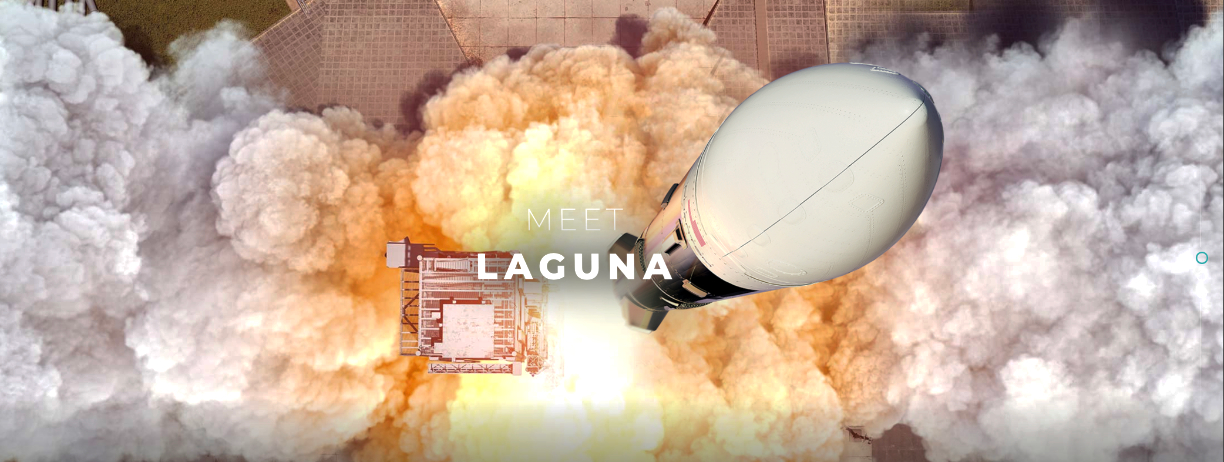
Please tell us more about how Phantom Space is future-proofing the space industry. What does that mean in both the targeted and broad contexts of how company both create satellites and get them into space?
Jim Cantrell
Future-proofing is, in essence, anticipating the evolution of markets, and getting technology and products ready to service those markets efficiently. Currently, there is a dearth of U.S.-based supply chain system; we’ve seen the negative rolling impact of that over the past two years.
Phantom Space is building a new network of providers and producers to problem solve for today’s supply chain problems, but also to future-proof against those that may come down the line. We’re not just trying to overcome current challenges in the commercial market but also anticipate the evolving needs of potential future projects for the U.S. Department of Defense and NASA.
What can you tell us about the technologies and business methods you use at Phantom Space to scale production of smallsats and to create more efficient rockets?
Jim Cantrell
Most people think that to do something disruptive, you must have a new technology or business method to get there. But what we’re doing at Phantom Space is deceptively simple. The technology we’re using is mostly standard alongside our peers in the industry. What’s different is our use of the supply chain. For example, Ursa Major out of Colorado has a perfectly qualified Hadley engine that we purchase and adapt to our launch vehicle. We also license our avionics and flight software from a terminated NASA program for use on the Daytona rocket. What we’ve done differently from our peers and competitors is bring production home by deliberately sourcing our technology and components from U.S.-only suppliers. That also helps us to remain compliant with future supply chain security standards emerging from the DoD.
You’ve been involved with the biggest names in space, from NASA to SpaceX. And now you’re at the helm of Phantom Space. What’s different about this company from anything you’ve been involved with before?
Jim Cantrell
At Phantom Space, we see ourselves as the next SpaceX in many ways, although our focus is on different parts of the industry. SpaceX was built on the vision to revolutionize the industry by making launch services less expensive and to lower barriers to market entry; the attractiveness of this model has not changed over the past 20 years since SpaceX was founded, but the challenges and the needs have.
Phantom Space is addressing those areas of unmet need in space applications, particularly in smallsat and small payload. By focusing on these needs, we have the power to significantly increase access to space for new ideas and new companies, and that’s very exciting.
The leadership team at Phantom Space is high-caliber. What is it about Phantom Space that attracts these individuals?
Jim Cantrell
It all starts with the vision and to the challenges that we’re working to solve. But more importantly, it’s the people in the organization; Phantom Space has high-quality people at every level of the organization, who all believe in the vision and do the work every day to make that vision a reality. Who wouldn’t want to lead a team like that? Would you tell us a little about the leadership team.
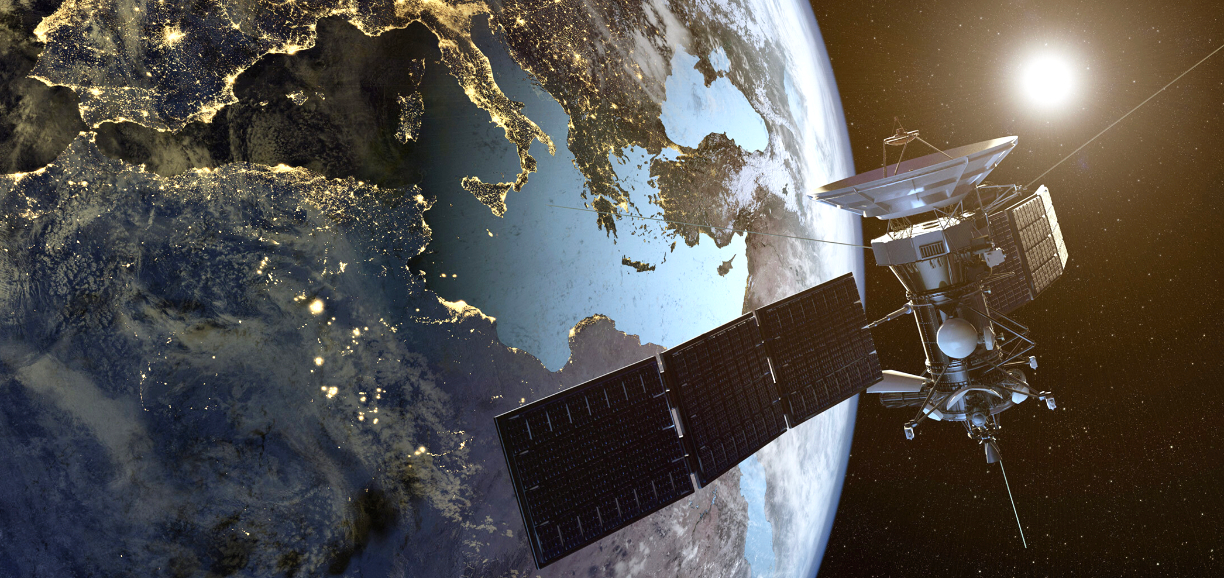
Jim Cantrell
We are fortunate at Phantom Space to have strong leadership who each bring years of experience to the table. Founding partner and Chief Financial Officer, Mike D’Angelo, brings a rich background in aerospace, missile defense and private equity. Chief Technology Officer, Chris Thompson, previously helped to launch the Falcon 1 and Falcon 9 and was involved in the Virgin Orbit rocket and Astra’s small launcher. Chief Operating Officer Mark Lester brings a wealth of experience as an aerospace and aviation CEO, a keen understanding of private equity, and work in intelligence and space operations during his time in the United States Air Force.
Given your own formidable career, when you look back at your involvements and accomplishments, what project or projects bring a true sense of satisfaction to you?
Jim Cantrell
When I look back on the past three-and-half decades, there are three things that elicit particularly fond memories. First is the Lightsail that I led at The Planetary Society. That was a spacecraft I conceived and served as a systems engineer on, and its success showed that we could make real change in space with a few million dollars of private money. The second is the formation of SpaceX. I served a small but critical early role in a company that has and continues to change arguably everything that we know and believe about space.
Finally, my career as a mechanical engineer once presented me with the opportunity to build and drive a Porsche that completed the rather brutal 25 hours of Thunderhill about ten years ago. That was an immense accomplishment for our team— we had just $25,000 and we competed against professional LeMans and NASCAR teams that were spending upwards of $1 million in the same race.
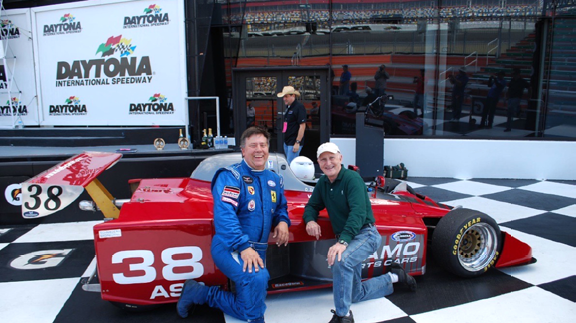
I guess you can say that my best memories and most satisfactory accomplishments always come from doing more with less and finding ways to be more efficient. And all these experiences were learning opportunities that led me to where I am today with Phantom Space.
Any final thoughts, Mr. Cantrell?
Jim Cantrell
The bottom line for me, and the entire Phantom Space team, is that space is for everyone, and we want to create pathways for scientists and entrepreneurs to get there. When we do that, when we get more ideas into space, we’re going to change the world for the better.


